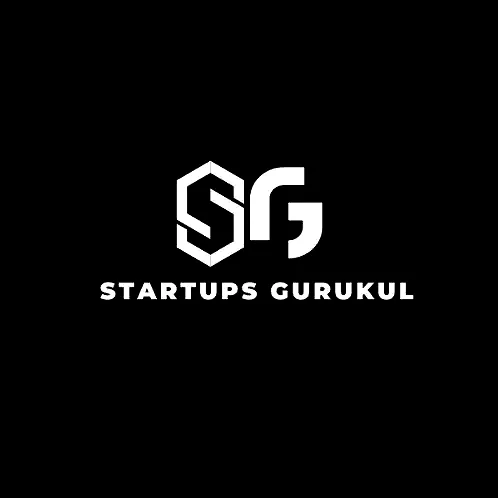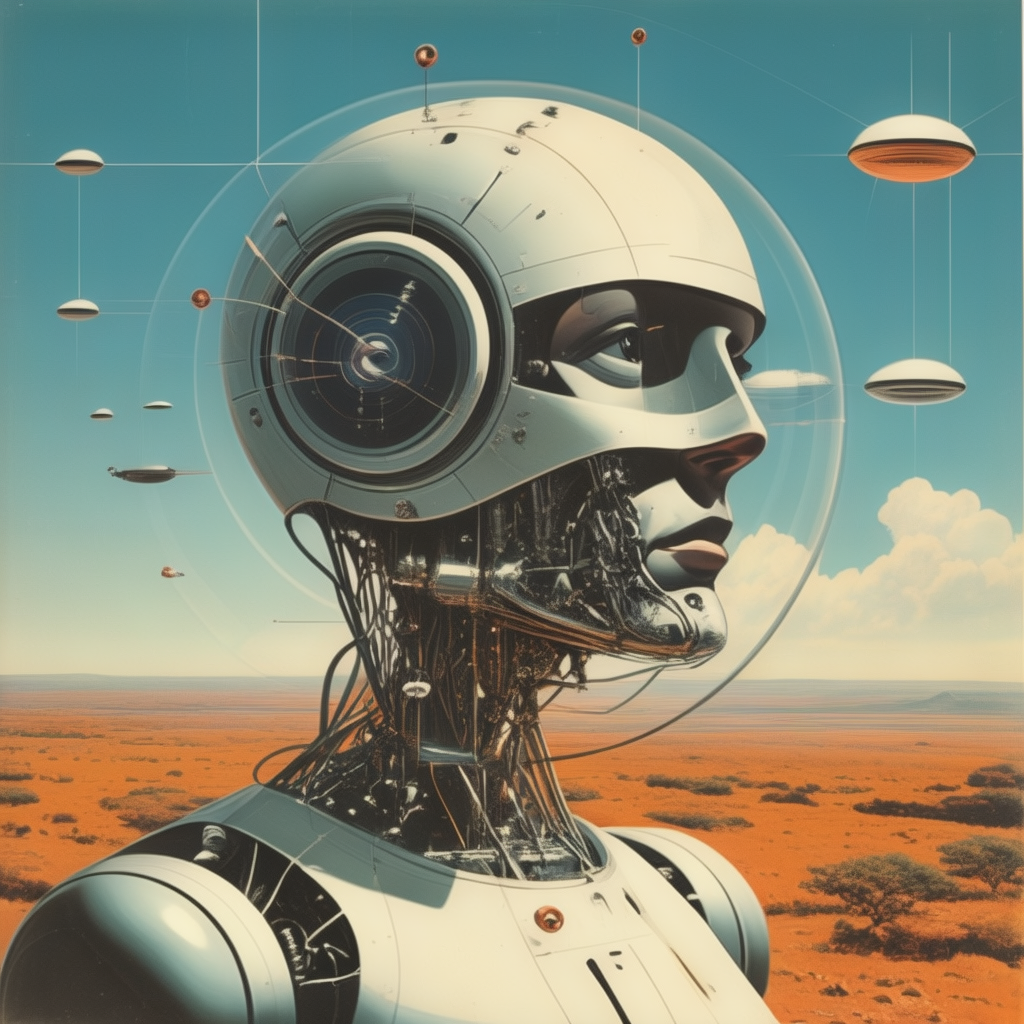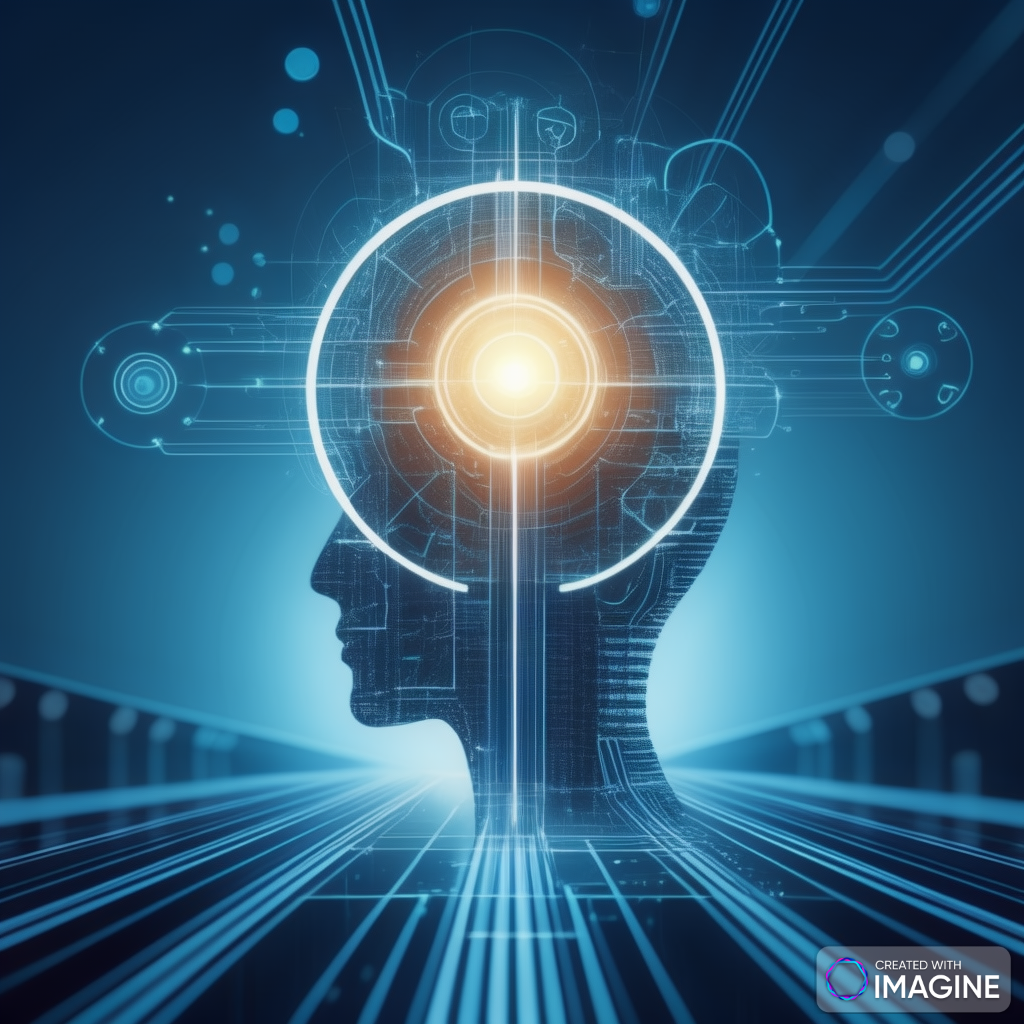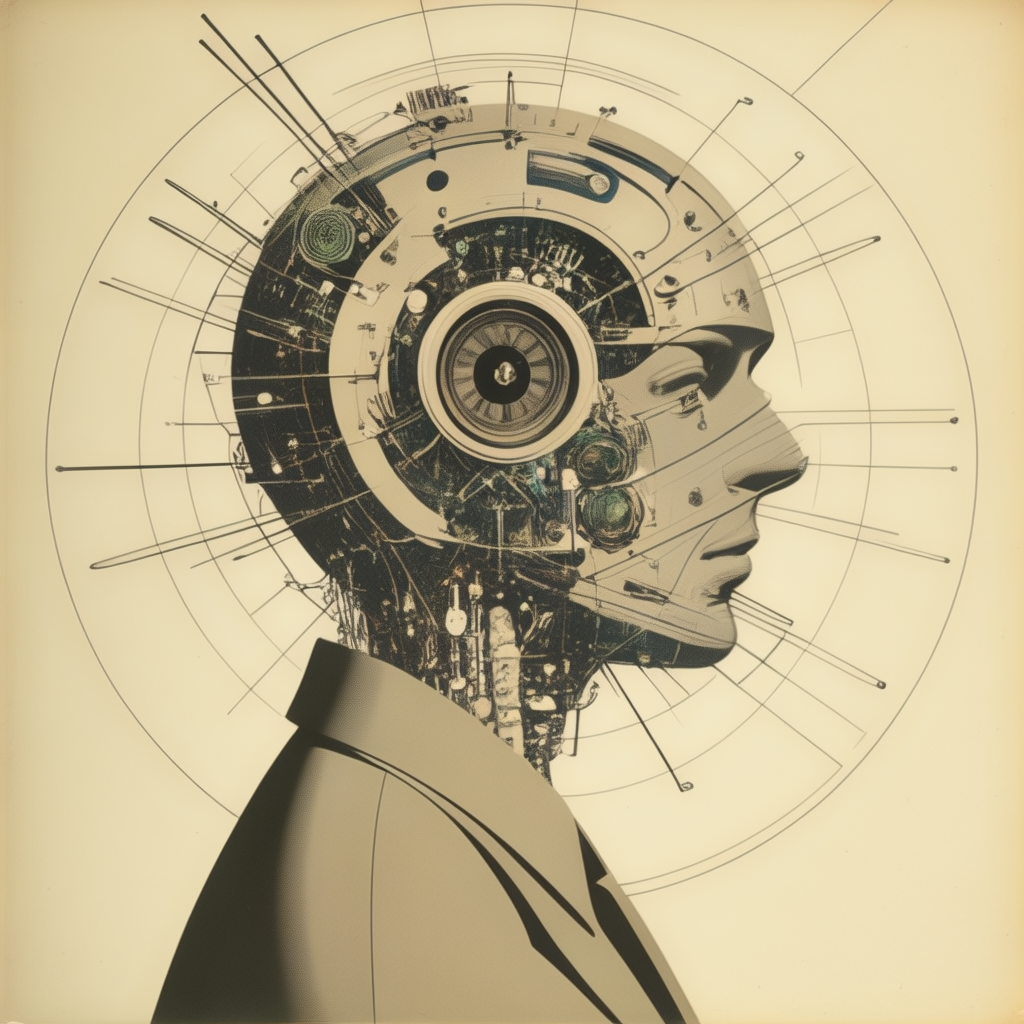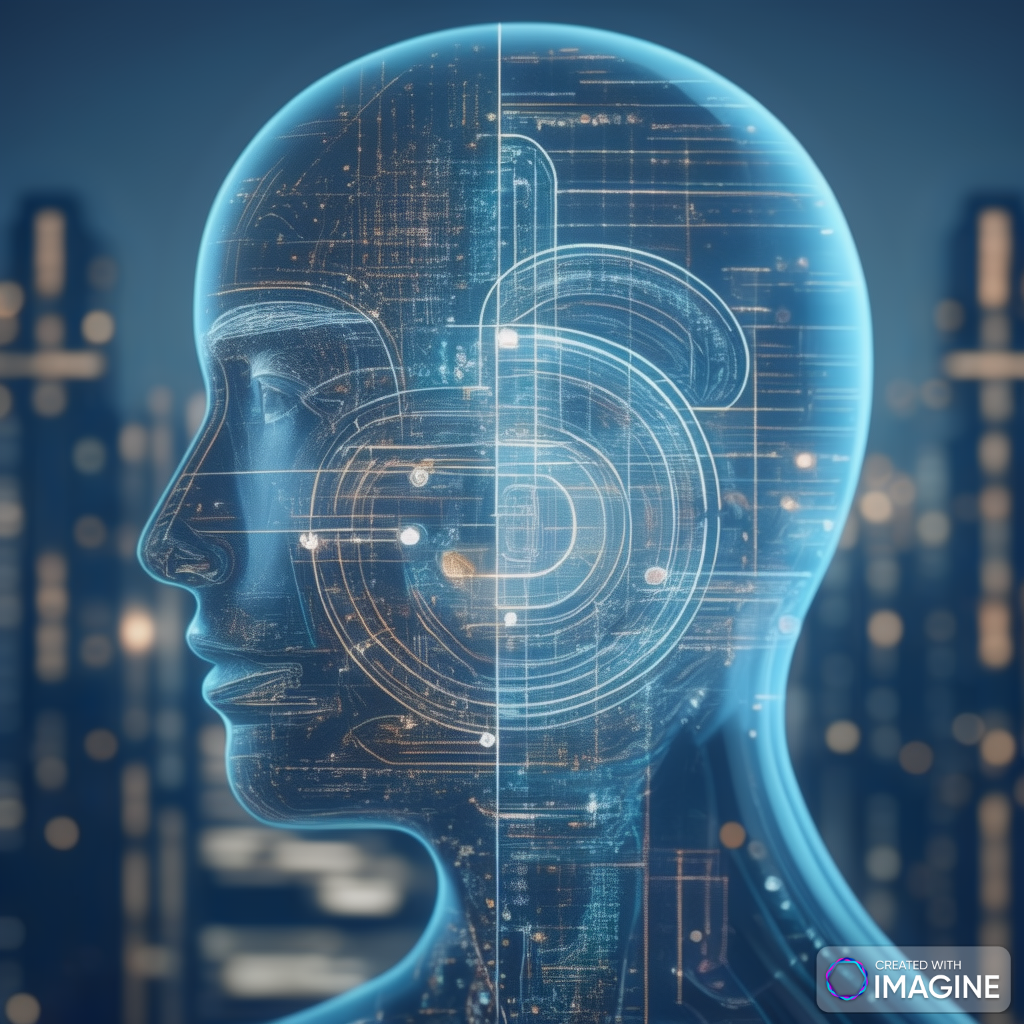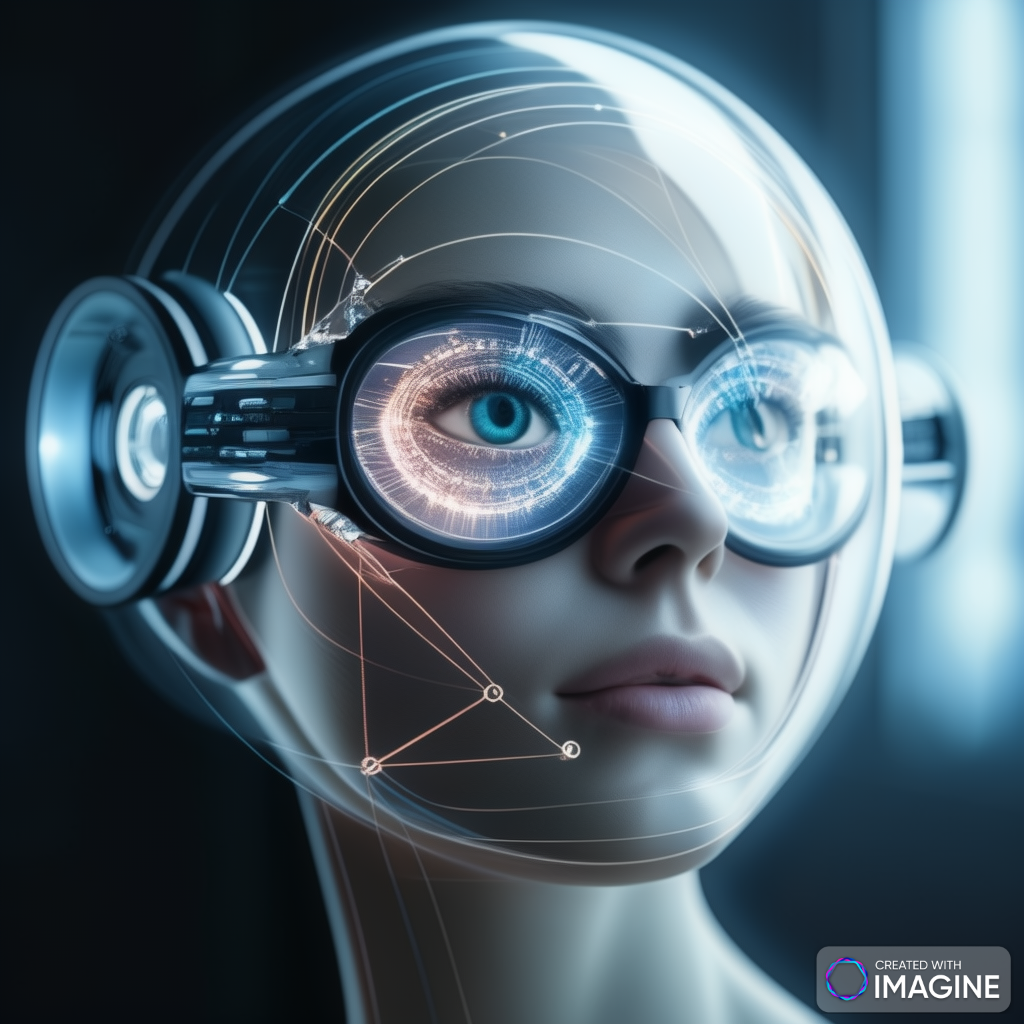Understanding Rational Agent Design in Control Theory: Classical Control Systems, Stochastic Control, and Hybrid Control
In the realm of Artificial Intelligence (AI) and control theory, the design of rational agents is closely linked to the properties of the environment in which these agents operate. When designing agents to interact with an environment, we need to consider factors like observability, determinism, and the type of system (discrete, continuous, or hybrid). The classical tradition of control theory offers a structured way to understand these relationships and how they influence agent behavior.
This blog post will dive into the key aspects of rational agent design and how control theory handles various types of environments, including:
- Classical control systems that operate in fully observable, deterministic environments.
- Stochastic optimal control for dealing with uncertainty and partial observability.
- Hybrid control systems, which involve both discrete and continuous dynamics.
- The connection between these systems and dynamic programming.
By the end, you’ll have a solid understanding of how the design of rational agents is influenced by the nature of the environment and the tools available within control theory to address these challenges.
1. Classical Control Systems: Handling Fully Observable, Deterministic Environments
In the context of classical control systems, the environment is assumed to be fully observable and deterministic. This means that at any given point, the agent (or system) has complete knowledge of the environment’s state and can predict the outcomes of its actions with certainty.
Key Concepts:
- Fully Observable: The agent has complete access to all relevant information in the environment. Every state and variable is known.
- Deterministic: The outcomes of actions are predictable. If the agent takes a specific action in a particular state, it knows exactly what the resulting state will be.
Example: Cruise Control in Cars
Consider a cruise control system in a car, which is a classical control system. The environment (the car’s speed, engine response, and road conditions) is fully observable through sensors, and the system can deterministically adjust the throttle to maintain a steady speed.
Control Techniques:
- Proportional-Integral-Derivative (PID) Control: A common feedback loop mechanism used in classical control, which adjusts system behavior based on current error (difference between desired and actual state).
- State-Space Representation: A mathematical model used to describe the state of a system, representing the environment and the agent’s actions using a set of linear equations.
Rational Agent Design:
In such systems, designing a rational agent is relatively straightforward, as the predictability of the environment allows the agent to follow well-defined control rules that optimize performance.
2. Stochastic Optimal Control: Tackling Partially Observable, Stochastic Environments
Unlike deterministic environments, stochastic optimal control deals with environments that are partially observable and stochastic. These environments introduce uncertainty, both in terms of observation and the outcomes of actions, making rational agent design more complex.
Key Concepts:
- Partially Observable: The agent does not have complete knowledge of the environment’s current state. It may only have access to noisy or incomplete information.
- Stochastic: The outcomes of actions are probabilistic rather than deterministic. The same action in the same state may lead to different outcomes with certain probabilities.
Example: Robot Navigation in an Unfamiliar Environment
Consider a robot navigating an unknown terrain. The robot’s sensors may only provide noisy measurements of its surroundings (partial observability), and obstacles may move unpredictably (stochasticity). The robot must make decisions without fully knowing the state of the environment.
Control Techniques:
- Partially Observable Markov Decision Processes (POMDPs): POMDPs are used to model environments where the agent must make decisions based on incomplete and probabilistic information. The agent maintains a belief state, which is a probability distribution over possible states of the environment.
- Stochastic Dynamic Programming: A method used to find optimal policies for decision-making under uncertainty. It focuses on maximizing the expected value of future rewards.
Rational Agent Design:
Designing a rational agent in such environments requires careful consideration of uncertainty. The agent must weigh the potential risks and rewards of its actions, often adopting a strategy that balances exploration (gathering more information) and exploitation (acting on current knowledge).
3. Hybrid Control: Managing Environments with Discrete and Continuous Dynamics
Hybrid control systems combine elements of both discrete and continuous control. These systems are particularly useful for environments that involve both continuous state changes (e.g., speed, temperature) and discrete state transitions (e.g., switching between different operating modes).
Key Concepts:
- Discrete Dynamics: Refers to changes that occur in distinct steps or stages, such as switching between different modes of operation.
- Continuous Dynamics: Refers to changes that occur gradually over time, such as adjusting the speed of a motor.
Example: Autonomous Vehicle Systems
An autonomous vehicle operates in a hybrid control environment. The car’s speed and steering involve continuous dynamics, while decisions like switching between driving modes (e.g., autonomous, manual, parking) are discrete.
Control Techniques:
- Hybrid Automata: A mathematical model used to describe systems with both discrete and continuous components. It combines finite state machines (for discrete dynamics) with differential equations (for continuous dynamics).
- Model Predictive Control (MPC): A control strategy that uses a model of the system to predict future states and optimize control actions in real-time. It is particularly useful for hybrid systems.
Rational Agent Design:
In hybrid environments, the agent must seamlessly integrate both discrete and continuous decision-making. For example, an autonomous vehicle might need to continuously adjust its speed while also deciding when to switch lanes or stop at a traffic light (discrete event).
4. Dynamic Programming and the Observability Problem
The distinction between fully and partially observable environments is central to dynamic programming. Dynamic programming provides a framework for solving complex decision-making problems by breaking them down into simpler sub-problems, but the degree of observability plays a critical role in how effective these solutions can be.
Key Concepts:
- Dynamic Programming: A method used to solve optimization problems by solving smaller sub-problems and storing their solutions to avoid redundant computations.
- Bellman Equation: A fundamental equation in dynamic programming, used to recursively define the optimal value of decisions in multi-stage problems.
Full Observability:
In fully observable environments, dynamic programming can be applied directly, as the agent has access to all the necessary state information to compute the optimal policy.
Partial Observability:
In partially observable environments, dynamic programming must be adapted. Instead of operating on a fully known state, the agent operates on a belief state, and the Bellman equation must be extended to handle the uncertainty in state estimation.
5. Practical Applications of Control Theory in AI
The principles from control theory are widely applied in AI and other engineering domains. Here are a few examples:
- Robotics: Control theory helps in designing rational agents (robots) that can navigate uncertain environments, adapt to changes, and make decisions based on sensor data.
- Autonomous Vehicles: Hybrid control systems are essential in autonomous driving, where continuous control (steering, acceleration) must be integrated with discrete decisions (lane changes, stops).
- Industrial Automation: Stochastic control methods help in managing production lines and supply chains where there is uncertainty in demand, processing times, or machine reliability.
6. Foundations of Rational Agent Design: Utility, Goals, and Performance Measures
At the core of rational agent design lies the concept of rationality. A rational agent is one that acts in a way that maximizes its utility based on its goals and the information it has about the environment.
Key Concepts:
- Utility: A function that maps the agent’s actions and their resulting outcomes to numerical values representing the desirability of those outcomes. The agent seeks to maximize its utility.
- Goals: Specific objectives that the agent aims to achieve in the environment, often represented as a state or a set of states.
- Performance Measure: A metric that evaluates how well an agent achieves its goals over time. For instance, in an industrial robot, the performance measure could be the number of tasks completed correctly in a given timeframe.
7. Handling Uncertainty: Risk-Aware Rational Agents
When environments are partially observable or stochastic, uncertainty becomes a central concern in rational agent design. Agents must make decisions that account for risk and potential failure.
Key Techniques:
- Bayesian Decision Theory: A mathematical framework that allows agents to make optimal decisions in the face of uncertainty by updating their beliefs based on new information. An agent can combine a priori knowledge with observations to form a posterior belief distribution, thus guiding decision-making.
- Risk-Sensitive Control: In some scenarios, agents must consider not only the expected utility but also the variance of outcomes. For example, a financial trading agent might aim to minimize risk in addition to maximizing profits, especially in volatile markets.
8. Adaptive Control Systems: Learning from the Environment
An important feature of advanced rational agents is the ability to adapt their behavior based on experience. In dynamic or unknown environments, the agent can adjust its strategy through learning.
Key Concepts:
- Adaptive Control: Unlike traditional control systems with fixed parameters, adaptive control systems adjust their parameters in response to changes in the environment or system dynamics. This is particularly useful in robotics, where the physical properties of the robot or environment may change over time.
- Reinforcement Learning (RL): RL allows agents to learn optimal policies by interacting with their environment. Instead of having a pre-defined model of the environment, the agent learns by receiving rewards or punishments for its actions. Techniques like Q-learning and Policy Gradient Methods are widely used in both discrete and continuous environments.
Example:
In an industrial setting, a robotic arm might learn to optimize its motion over time to minimize wear on joints and maximize efficiency. The system would adapt its control parameters based on feedback about performance.
9. Robust Control: Designing Agents for Uncertainty and Disturbances
In real-world applications, agents often face disturbances or model mismatches. Robust control deals with the challenge of maintaining performance despite uncertainties in the environment or the system model.
Key Concepts:
- Disturbance Rejection: In many applications, external factors (like wind in the case of drones or sensor noise in autonomous cars) can disrupt the agent’s performance. Robust control techniques aim to minimize the impact of such disturbances on the system’s behavior.
- H-infinity Control: A control methodology used to design systems that can tolerate uncertainty in the system dynamics. The goal is to design a controller that performs well even in the worst-case scenario of disturbances and uncertainties.
Rational Agent Design:
Robust agents are designed to ensure stability and performance across a range of environmental conditions, even when the model of the environment is incomplete or imprecise. In industries like aerospace and defense, where safety is critical, robust control techniques are essential.
10. Multi-Agent Systems: Cooperation and Competition
Many environments require more than a single rational agent. In multi-agent systems, agents must cooperate or compete with other agents to achieve their goals. These systems are more complex as they introduce interactions between multiple decision-makers.
Key Concepts:
- Game Theory: A framework used to model interactions between multiple rational agents. Game theory helps agents reason about the strategies of other agents and make decisions accordingly. Concepts like Nash equilibrium and Pareto efficiency are central to understanding multi-agent interactions.
- Distributed Control: In distributed systems, agents control only a part of the overall system and must communicate and coordinate with other agents. For example, in a smart grid, different agents control power distribution to maintain efficiency while interacting with other nodes in the network.
Challenges:
- Cooperation: Agents need to find ways to work together to achieve a common goal. For instance, in robotic swarms, multiple robots must coordinate to complete tasks like searching for a target.
- Competition: In competitive environments (like financial markets), agents compete for limited resources. They must model the behavior of competing agents and adapt their strategies accordingly.
11. Constrained Optimization in Control Systems
In many practical scenarios, agents must optimize their performance under a set of constraints. These constraints could be physical (e.g., speed limits, energy consumption) or safety-related (e.g., avoiding collisions).
Key Concepts:
- Constrained Optimization: This involves finding the optimal policy or set of actions while respecting certain limitations. Linear and nonlinear programming methods are often used to solve constrained optimization problems.
- Model Predictive Control (MPC): MPC is an advanced control technique used in situations where the agent must optimize its actions over a finite time horizon while adhering to system constraints. It is particularly useful in industries like energy management and process control.
Example:
In autonomous vehicle control, the vehicle must balance multiple objectives (e.g., maintaining speed, ensuring safety, and minimizing fuel consumption) while ensuring it does not exceed constraints like speed limits or safe following distances.
12. Model-Free vs. Model-Based Control
Another important distinction in rational agent design is whether the agent has access to a model of the environment or must learn how to act without one.
Key Concepts:
- Model-Based Control: In this approach, the agent has a predefined mathematical model of the environment or system dynamics. The agent can plan its actions based on this model, using methods like dynamic programming or optimization.
- Model-Free Control: When the agent does not have access to a model of the environment, it must learn how to act through trial and error. Reinforcement learning is a prime example of model-free control.
Rational Agent Design:
Model-free control can be advantageous when the environment is highly complex or uncertain, as it allows the agent to learn directly from interactions. However, model-based control is typically more efficient when an accurate model is available since it enables more precise decision-making.
13. Control in Nonlinear Systems
Most real-world environments are not linear, and designing rational agents for nonlinear systems introduces additional complexity. Linear control techniques may not be effective in such environments.
Key Concepts:
- Nonlinear Dynamics: Nonlinear systems exhibit behavior that cannot be captured using simple linear equations. These systems can exhibit phenomena like chaos, where small changes in initial conditions lead to vastly different outcomes.
- Lyapunov Stability: In nonlinear systems, stability is a key concern. Lyapunov functions provide a method for analyzing the stability of nonlinear control systems. The goal is to ensure that the system remains stable even in the presence of nonlinearities.
Rational Agent Design:
Designing agents for nonlinear environments requires advanced control methods like feedback linearization or sliding mode control, which can handle the complexities of nonlinear dynamics.
14. Emerging Trends: AI-Augmented Control Systems
As AI continues to advance, we see increasing integration between AI and control theory. AI techniques like deep learning are being used to augment traditional control systems, enabling more flexible and adaptive behavior.
Key Concepts:
- Neural Network Controllers: AI models, particularly neural networks, can be trained to approximate complex control functions that are difficult to model using traditional methods. These controllers can adapt to highly nonlinear environments.
- Deep Reinforcement Learning (DRL): DRL combines deep learning with reinforcement learning to create agents that can learn complex behaviors in dynamic environments. This approach has been successfully applied in robotics, game-playing, and autonomous vehicles.
Rational Agent Design:
AI-augmented control systems allow agents to handle environments that are too complex for traditional methods alone. These systems can learn and adapt in real-time, making them ideal for applications like autonomous drones or industrial automation.
The design of rational agents is a multifaceted challenge that depends heavily on the properties of the environment, whether it’s fully or partially observable, deterministic or stochastic, linear or nonlinear. As control theory evolves, it continues to provide the foundation for creating agents that can act intelligently in complex, dynamic environments. With the integration of AI techniques, the capabilities of these systems are expanding, allowing for more adaptive, robust, and intelligent decision-making in the real world.
The careful consideration of these principles—ranging from classical control to modern AI-based methods—forms the basis of building systems that can effectively interact with the world around them, ensuring optimal performance even in the face of uncertainty, risk, and complexity.
Conclusion: Rational Agent Design in Control Theory
The design of rational agents in control theory depends heavily on the nature of the environment, particularly in terms of observability and determinism. Classical control systems excel in fully observable, deterministic environments, while stochastic optimal control tackles the challenges of uncertainty in partially observable environments. Hybrid control provides a powerful framework for managing both discrete and continuous dynamics.
Understanding these principles helps us build more efficient and intelligent systems that can operate effectively across a wide range of real-world environments, from industrial automation to autonomous robotics. As AI continues to evolve, the integration of these control theory principles will remain critical for designing robust, rational agents capable of navigating complex environments.
